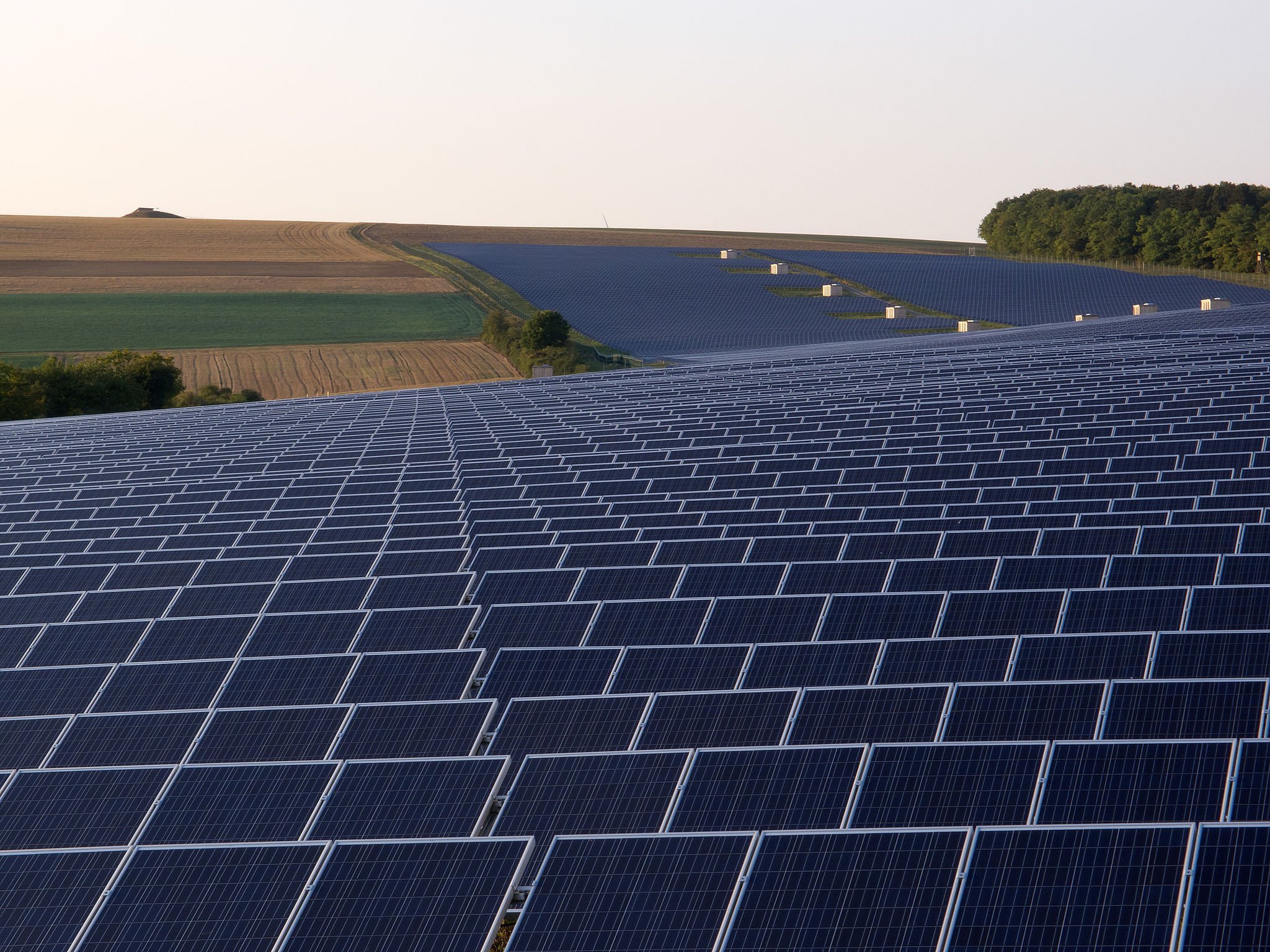SUMMARY
Large solar arrays offer one of the best ways to restore power to Syrian cities like Aleppo. Cheap to manufacture, quick to assemble and with low running costs, dispersed solar generation systems would also add resilience to an energy system that has been severely damaged by war and will remain at risk of violent attack.
Reconstruction requires electricity, but providing it in conflict situations has proven onerous in Iraq and Afghanistan. Both countries had hoped to rely on oil and natural gas to generate electricity, but redeveloping centralized power generation and widespread distribution networks has proven almost impossible due to insurgencies. Power stations and power lines make tempting targets because of the impact an attack has on large numbers of people.
Solar panels would help to off-set some of these security concerns. Small arrays providing power to local communities would likely be protected locally and would offer less tempting targets for dramatic attacks. Solar panels operate independently—blowing up one does not cause the whole system to go off line. Reducing investment in vulnerable distribution networks would mean less waste when power lines get attacked.
Syria is perfectly located in the sunbelt and there are large areas of desert land to the east of Aleppo that could provide power to the city. Photovoltaic systems work well on sunny days, but may eventually need to be combined with more expensive concentrated solar power arrays with the ability to store energy.
Photovoltaic solar systems do not answer every energy problem—its inability to store energy is a serious limitation—but it could provide cost-effective, resilient energy in a complex post-conflict environment in a way that has been impossible using thermal generation. On top of the obvious environmental benefits, it would enable Syria to use its oil and gas, if the battered industry can be rebuilt, to earn export income.
Getting power running 24/7 is vital to restoring confidence in post-conflict economies and enabling refugees to return home. Although people in countries recovering from war often voice their frustration with power cuts, relatively little emphasis has been placed on this as a post-conflict priority. More than a decade after the invasions of Afghanistan and Iraq, their capital cities still suffer irregular power supplies, undermining confidence in weak governments and aiding insurgencies. Restoring stability to Syria means keeping the lights on.
To download the full report, please click here.
 The Aleppo Project
The Aleppo Project
Join the conversation
You must be logged in to post a comment.